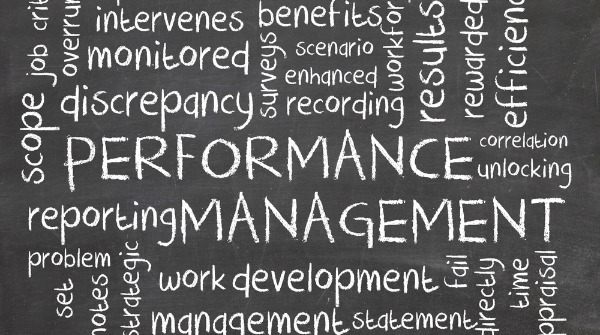ATD Blog
Measuring Coaching ROI
Tue Dec 10 2013

Bookmark
What is the return-on-investment (ROI) for hiring a coach? Most studies cite 500 to 700 percent ROI (the studies by MetrixGlobal and The Manchester Revieware the most commonly quoted). A few cite less, and a few, such as Triad Performance Technologies, cite more.
Before implementing a coaching program, or hiring a coach yourself, you must decide how you will measure the ROI on the project. How is coaching ROI measured? Many of the benefits of a coaching relationship are qualitative and based on personal evaluation and opinion. In some evaluations, participants are asked to place a value on qualitative benefits such as skills developed or relationships impacted, or to determine how much they have changed and assign a percentage to coaching as the reason for that change.
There are other quantitative measures of coaching. For example, an organization might look at sales numbers, productivity figures, or the cost of turnover, and compare those numbers from before coaching to after coaching.
Consider how coaching ROI is measured in these examples:
Wayne is looking for a job. He has heard about a good coach, and calls to ask about his rates. Because Wayne is not currently working, he hesitates to spend the money. In this economy, he is competing with hundreds of others each time he submits a resume. Six months later, Wayne is still looking for a job, and finally decides to bite the bullet and hire a coach. The coach asks him about his goals, discusses his resume with him, strategizes networking opportunities, and practices interviewing with him. In thirty days, Wayne has a job.
Mary is interested in a promotion at work. A colleague recommends that she receive coaching to make herself more eligible for the opportunity, but Mary hesitates. In two months, Mary learns she has been passed over for the promotion. Mary’s supervisor asks her if she has ever thought about being coached, so Mary decides to try it. With her coach, Mary explores her strengths and weaknesses on the job, considers what is needed to earn a promotion, lists barriers to that goal, and creates an action plan to build her skills and move forward in her career. After nine months, there is another promotion opportunity at work, and this time Mary is promoted.
Ultimately, the value of coaching extends beyond any initial measures because it has a ripple effect. In fact, several recent articles have posed the question as to whether measuring the ROI on coaching actually limits the benefits of coaching, because it turns the focus on tangible, short-term results instead of creating positive, lasting change in an individual.
To an individual, coaching often has effects that go beyond increasing her performance on the job or stirring up her engagement with her organization. How many people really take time to consider their goals, personal or professional? How many people create effective action plans? How many people follow through with their plans? For most people, a coach is the difference between thinking or talking about what they want and making it happen.
A coach can set the foundation for a meaningful evaluation of the ROI he or she provides by working with the client to create a specific, measurable action plan for achieving their goals. Accountability to the plan is then critical. The coach serves as the accountability partner, keeping track of the client’s progress and outcomes. The ROI of coaching is in part measuring and evaluating against short-term goals, and in part cultivating awareness of long-term, intangible improvements.
Read more on coaching in Cathy’s prior blog post.
More from ATD
